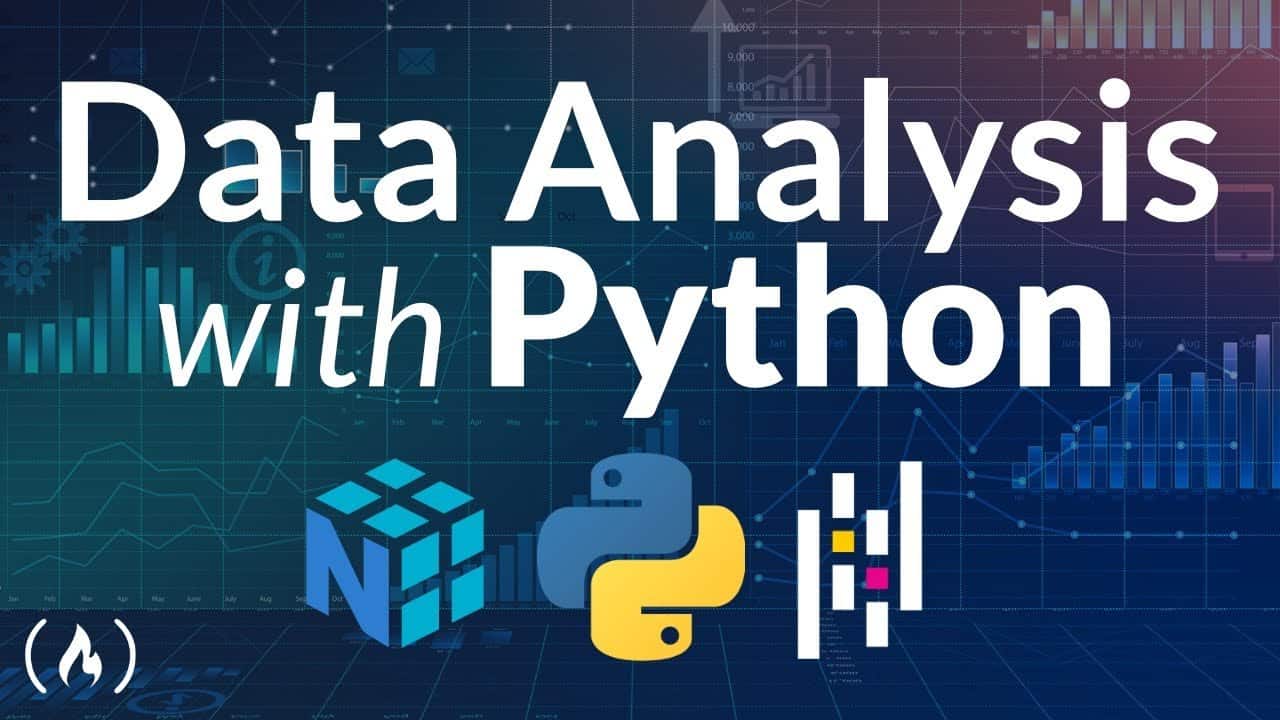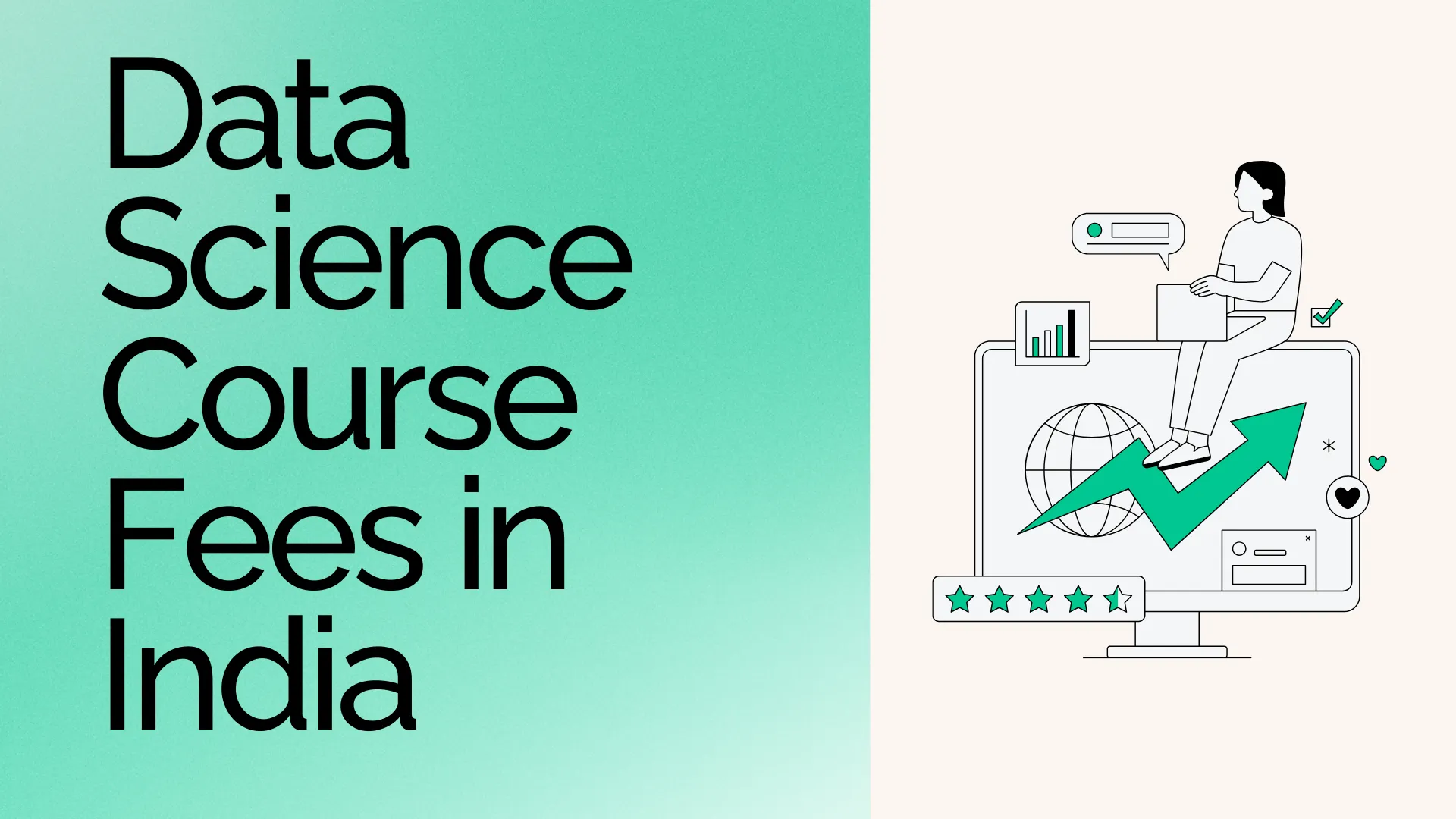Python Data Analysis: Trends and Techniques for 2023
Introduction
In the ever-evolving world of data analysis, Python has emerged as a powerful and popular programming language. With its versatility, ease of use, and a vast array of libraries, Python has become the go-to choice for data analysts and scientists alike. In this article, we will explore the latest trends and techniques in Python data analysis for the year 2023.
The Dominance of Python in Data Analysis
Why Python is Preferred
Python’s dominance in data analysis can be attributed to its simplicity, readability, and extensive community support. Its straightforward syntax allows data analysts to focus on problem-solving rather than worrying about complex programming constructs.
The Power of Python Libraries
Python’s extensive collection of libraries, such as Pandas, NumPy, and Matplotlib, offer a wealth of data manipulation, analysis, and visualization capabilities. These libraries streamline the data analysis process and empower analysts to derive valuable insights quickly.
Advanced Data Visualization Techniques
Interactive Visualizations with Bokeh
Bokeh, a Python interactive visualization library, is gaining popularity due to its ability to create stunning and interactive visualizations. In 2023, we can expect more data analysts to leverage Bokeh to produce compelling data stories.
3D Data Visualizations
Advancements in Python libraries, like Plotly, have made it possible to create immersive 3D visualizations. These visualizations can offer a deeper understanding of complex datasets and trends that traditional 2D visualizations might overlook.
Machine Learning Integration
Integrating Machine Learning Models
Python’s seamless integration with machine learning libraries, such as Scikit-learn and TensorFlow, makes it a preferred choice for data analysts seeking to build predictive models. In 2023, we can expect more data analysts to explore the world of machine learning through Python.
Automated Machine Learning (AutoML)
AutoML tools, like TPOT and Auto-Sklearn, are on the rise. These tools automate the process of selecting the best machine learning models for a given dataset, simplifying the work of data analysts and reducing the barrier to entry for machine learning.
Natural Language Processing (NLP)
Text Analysis and Sentiment Analysis
Python’s NLP libraries, such as NLTK and spaCy, have made it easier for analysts to perform text analysis and sentiment analysis. As the demand for understanding unstructured data grows, NLP will become a crucial component of data analysis in 2023.
Language Translation and Understanding
With the rise of multilingual datasets, Python NLP libraries have evolved to facilitate language translation and understanding. These capabilities will be essential for businesses seeking to cater to a global audience.
Handling Big Data
Distributed Data Processing with Dask
As data volumes grow, Python’s Dask library enables analysts to handle big data by distributing computations across multiple cores and machines.
Apache Spark Integration
Python’s integration with Apache Spark via PySpark has made it easier for data analysts to process and analyze vast amounts of data efficiently. This integration will continue to gain traction in 2023.
Conclusion
Python’s dominance in the data analysis landscape is expected to strengthen in 2023. The language’s user-friendly nature, powerful libraries, and integration with cutting-edge technologies make it the preferred choice for data analysts and scientists worldwide. As trends evolve and technologies continue to improve, Python will remain at the forefront of data analysis for years to come.
FAQs (Frequently Asked Questions)
1. What makes Python an ideal choice for data analysis?
Python’s simplicity, readability, and extensive library support make it an ideal choice for data analysis, enabling analysts to focus on solving problems effectively.
2. Which libraries should I use for data visualization in Python?
For data visualization in Python, you can use libraries like Matplotlib for static plots and Bokeh for interactive and dynamic visualizations.
3. How can Python be used for natural language processing?
Python offers several NLP libraries like NLTK and spaCy, which can be used for tasks like text analysis, sentiment analysis, and language translation.
4. What are AutoML tools, and how do they benefit data analysts?
AutoML tools like TPOT and Auto-Sklearn automate the process of selecting the best machine learning models for a given dataset, making it easier for data analysts to build predictive models.
5. How does Python handle big data?
Python offers solutions like Dask and PySpark for handling big data, enabling analysts to distribute computations across multiple cores and machines, ensuring efficient data processing.





